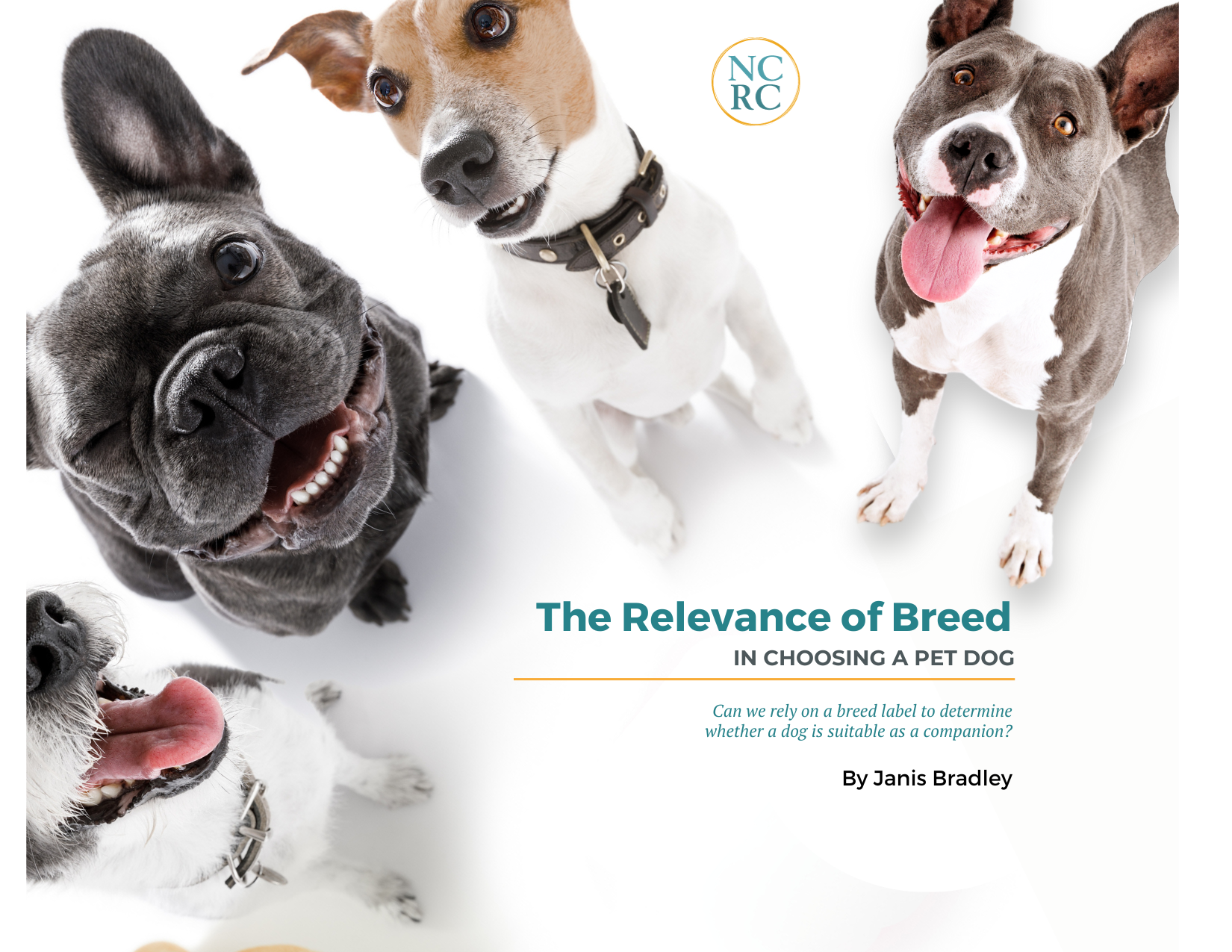A paper published last week in the Journal Injury Prevention attempted to make the case that “pit bull” bans in Manitoba may have been effective in reducing dog bite injury hospitalizations (DBIH, in the language of the paper). [1] In attempting to do so, however, the authors revealed that the bans, applicable to the overwhelming majority of Manitobans, including citizens of Winnipeg, had not resulted in improved community safety; and that the safety record of Manitoba lags far behind that of breed neutral, responsible pet ownership Calgary.
The before-and-after failure in Manitoba shown in the paper’s data table has been apparent for years. The failure in Manitoba mirrors the failure in every other jurisdiction in Europe and North America where breed-specific regulation has been enacted. [2]
The authors nevertheless convinced themselves and, apparently Injury Prevention, that there was something instructive in the Manitoba experience other than the before-after elephant in the room shown in the data available from the Manitoba Centre for Health Policy. They divided Manitoba into two parts, employing what social scientists call a “non-equivalent groups design.” [3] One group consisted of the 16 jurisdictions that had enacted “pit bull” bans. The other group was composed of the rest of the province. The authors then compared the rate of DBIH per 100,000 person-years between the two groups.
A person-year is equal to one person living in an area under study for one year.
However, in order for such a design to produce a result that might conceivably trump (or “trunk”) the before-after elephant, it is crucial that the two groups have only one difference between them. For the purposes of this study, either communities have “pit bull” bans, or they don’t, so that it might be possible to measure the effect of the one – and only one – difference between them.
The authors’ interest in this analysis may also have benefited from a lack of awareness that neither “pit bull” ban Winnipeg (2.93 DBIH/100,000 person-years before the ban, 2.81 DBIH/100,000 person-years after) nor breed-neutral Brandon (2.50 per 100,000 person-years for the entire study period), the only two urban areas in Manitoba, compare with the City of Calgary, Alberta. In the past 18 months, a total of six Calgary citizens were hospitalized because of a dog bite-related injury. Since Calgary is a city of 1+ million people, that works out to a rate of 0.4 (that’s right: 0.4 DBIH/100,000 people). [4]
The dismal comparison of Manitoba’s record with Calgary’s notwithstanding, what most compromises the authors’ analysis is that their two groups are not equivalent. Based upon the population data of sparsely populated Manitoba, we can infer that the two groups have far more differences between them than simply “pit bull” legislation — in terms of demographics, density of human and canine population, dog keeping habits, etc. — that conclusively invalidate any claims based upon this experimental design.
As of June, 2011, the entire population of Manitoba, a province whose land area encompasses 211,700 square miles, was 1.25 million, slightly less than the U.S. city of San Diego (372 square miles). [5] The population of the Winnipeg Regional Health Authority was 709,000, more than half that of the entire province. [6] More importantly in terms of the paper under discussion, Winnipeg represents almost 90% of the total person-years listed in the study for “pit bull” ban communities. Statistically, the ban “group” consists of Winnipeg.
The only other Manitoba jurisdiction considered urban is Brandon, which has never enacted a “pit bull” ban. Population of the Brandon Regional Health Authority (RHA) is 56,000 – less than 10% of the RHA population of Winnipeg. As mentioned above, urban Brandon’s rate of DBIH per 100,000 was approximately the same as urban Winnipeg’s. The rest of Manitoba’s population is spread out over an area of more than 200,000 square miles of land.
In effect, the authors compared one large city, Winnipeg (population density of metropolitan area = 357 people per square mile), with the rural areas of the province (population density, excluding Brandon, 2.3 people per square mile). According to the data published in the paper, the “pit bull” ban group, which, for statistical purposes consisted mostly of Winnipeg, and non-ban Brandon always had lower rates of DBIH than Manitoba’s rural areas. Given what we know from data compiled in the U.S. and Europe, this is not surprising. [7]
But the only piece of data relevant to the question of effectiveness in advancing community safety is this: Winnipeg did not see any improvement in the rate of DBIH after enacting BSL. In fact, according to data that has been publicly available for years, Winnipeg did not see a reduction in bites of any kind! [8]
The ineffectiveness of Winnipeg’s 22-year-old breed ban has been a topic of heated controversy in that city for many years. In fact, the city’s remarks about the ban now omit any claim of its being effective in terms of community safety. [9]
It appears that these authors have taken up the cudgel that Winnipeg officials have set down. In order to find a justification for the breed ban, they created an analysis that ignored the most commonly accepted and easily understood scientific standard for measuring the effectiveness of a treatment, or change in public policy: was the outcome better after the treatment or implementation of new policy, or not? That is the only useful question, one that has already been dealt with instructively in the scientific literature. [10]
Try as they might, the authors could not escape the truth that a “pit bull” ban has not made the people of Winnipeg safer.
Manufacturing a mathematical analysis that obscures the available data does not promote community safety. It is bad for dogs, and bad for science.
SOURCES:
[1] Raghavan, M., Martens, P.J., Chateay, D. & Burchill, C. (2012). Effectiveness of breed-specific legislation in decreasing the incidence of dog-bite injury hospitalizations in people in the Canadian province of Manitoba. Injury Prevention, 18(3) . Retrieved from http://injuryprevention.bmj.com/content/early/2012/06/29/injuryprev-2012-040389.full?ga=w_bmjj_bmj-com
[2] National Canine Research Council. (2011). World-Wide Failure of Breed-Specific Legislation.
[3] Web Center for Social Research Methods. (2006). The Nonequivalent Groups Design. Retrieved from http://www.socialresearchmethods.net/kb/quasnegd.php
[4] (Bill Bruce, Director of Calgary Animal and Bylaw Services, July 2012)
[5] US Census Bureau. (2010). San Diego, California Census Data.
[6] Manitoba Health Information Management Branch. (2011). Manitoba Health Population Report.
[7] Rosado, B., Garcia-Belenguer, S., Leon, M. & Palacio, J. (2007). Spanish dangerous animals act: Effect on the epidemiology of dog bites. Journal of Veterinary Behavior, 2(5), 166-174.; Agency for Healthcare Research and Quality. (2010). Statistical Brief #101. Retrieved from http://www.hcup-us.ahrq.gov/reports/statbriefs/sb101.pdf
[8] National Canine Research Council. (2010). Dog bites in Canada.
[9] Skerrit, J. (2012 May 29). City won’t lift ban on pit bulls. Winnipeg Free Press. Retrieved from http://www.winnipegfreepress.com/local/city-wont-lift-ban-on-pit-bulls-155263825.html
[10] Overall, K. (2010). Breed specific legislation: How data can spare breeds and reduce dog bites. The Veterinary Journal, 186(3), 277-279 ; Klaassen, B., Buckley, J.R., & Esmail, A.(1996). Does the Dangerous Dogs Act protect against animal attacks: a prospective study of mammalian bites in the Accident and Emergency department. Injury, 27( 2), 89-91.; Patronek, G., Slater, M., Marder, A., (2010). Use of a number-needed-to-ban calculation to illustrate limitations of breed-specific legislation in decreasing the risk of dog bite-related injury. Journal of the American Veterinary Medical Association, 237(7), 788-792.; American Veterinary Medical Association (2012). The Role of Breed in Dog Bite Risk and Prevention. Retrieved from http://www.avma.org/reference/backgrounders/dog_bite_risk_and_prevention_bgnd.asp.







